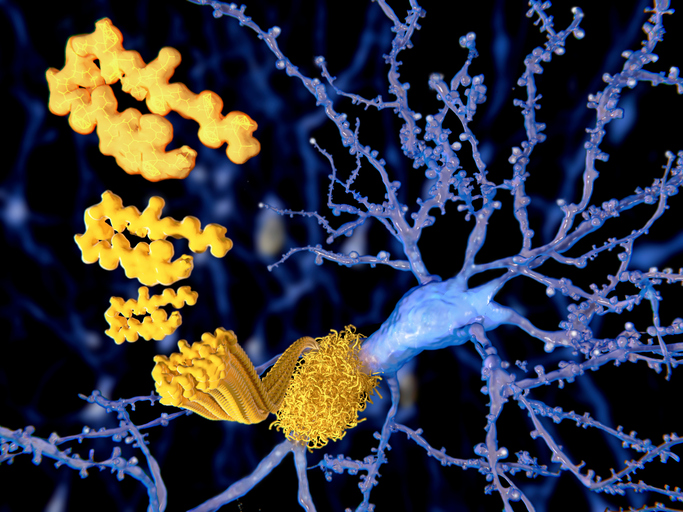
A key mechanism that may explain the clearance of amyloid protein via multisensory gamma stimulation has been uncovered. Researchers at the Massachusetts Institute of Technology (MIT) say they discovered a “plumbing” network parallel to the brain’s blood vessels that does this.
The study appeared in Nature yesterday, the first author is Mitch Murdock of MIT’s department of brain and cognitive sciences and the Picower Institute for Learning and Memory.
“We do not yet have a linear map of the exact sequence of events that occurs,” said Murdock. “But the findings in our experiments support this clearance pathway through the major glymphatic routes.”
Amyloid deposition is one of the central abnormalities in Alzheimer’s disease (AD) but it also takes places in many neurodegenerative diseases such as prionic disorders, Huntington’s disease, and others. It is estimated that, by 2050, there will be 152 million people with AD and other dementias alone worldwide.
This new research sheds light on an unusual approach to treating amyloid deposition.
Evidence is mounting that light flickering and sound clicking at the gamma brain rhythm frequency of 40 Hz can reduce Alzheimer’s disease (AD) progression and treat symptoms in human volunteers as well as lab mice.
“Ever since we published our first results in 2016, people have asked me how does it work? Why 40 Hz? Why not some other frequency?” said study senior author Li-Huei Tsai, Picower Professor of Neuroscience and director of The Picower Institute and MIT’s Aging Brain Initiative.
The new paper describes a series of experiments, showing that when sensory gamma stimulation increases 40 Hz power and synchrony in the brains of mice, that prompts a particular type of neuron to release peptides. The study results further suggest that those short protein signals then drive specific processes that promote increased amyloid clearance via the glymphatic system.
Prior research has shown that the glymphatic system is a key conduit for brain waste clearance and may be regulated by brain rhythms. And this MIT team thought that might help explain their prior observations that gamma sensory stimulation reduces amyloid levels in Alzheimer’s model mice.
RNA sequencing data also showed that upon gamma sensory stimulation a subset of neurons, called “interneurons,” experienced a notable uptick in the production of several peptides. This is notable because one peptide in particular, VIP, is associated with Alzheimer’s-fighting benefits and helps to regulate vascular cells, blood flow and glymphatic clearance.
“We think that many neuropeptides are involved,” Murdock said. Tsai added that a major new direction for the lab’s research will be determining what other peptides or other molecular factors may be driven by sensory gamma stimulation.
Tsai and Murdock added that while this paper focuses on glymphatic clearance of amyloid, by which sensory gamma stimulation helps the brain, it’s probably not the only underlying mechanism that matters.
The clearance effects shown in this study occurred rather rapidly but in lab experiments and clinical studies weeks or months of chronic sensory gamma stimulation have been needed to have sustained effects on cognition.













